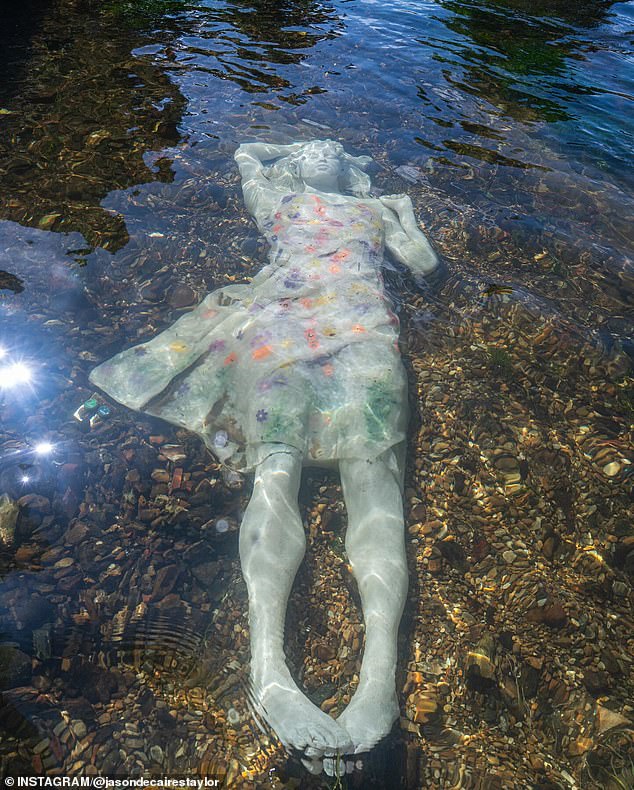An artist has defended a statue he made for his picturesque hometown after angry residents and online critics branded it “tone deaf” and “shocking”.
Jason deCaires Taylor created a sculpture called The Alluvia to be placed in the River Stour in Canterbury, Kent.
Made from recycled glass, LEDs and marine grade stainless steel, Alluvia’s realistic glow-in-the-dark figurine is inspired by Ophelia from Shakespeare’s Hamlet.
But passers-by began to mistake the work of art for a corpse in the river.
As a result, people have branded the statue offensive, “tone deaf” and “totally disturbing” and want it removed.
People have branded the statue of Alluvia on the River Stour as downright offensive.
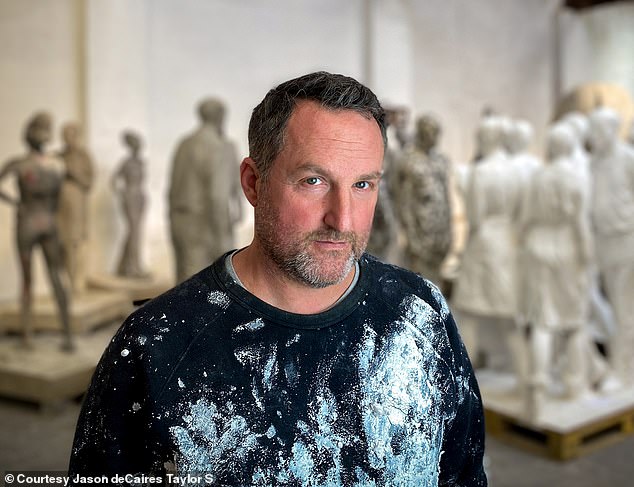
Taylor said he was “shocked” by the levels of criticism his artwork received online.
Hundreds of people took to the comments on Canterbury City Council’s official Facebook page to complain about the “deeply disturbing” statue.
One user wrote: “I can’t be the only person who finds this deeply offensive. It looks like a drowned woman. How could the council have failed to see the link between women as victims of crime or the sad fact that so many drown off the Kent coast as refugees?”
One woman commented: ‘I would legitimately think someone had drowned and call 999!’
One local resident said: “I think it’s disrespectful to all the families and loved ones who have lost someone through drowning or murder. I think it will bring up a lot of trauma and memories that people don’t need to remember.”
Another added: “As a nurse who treated a poor victim who drowned in this river years ago, I am offended and saddened by this.”
“Not the most appropriate piece of public art I’ve seen,” added a fifth.
Others defended the sculpture. One wrote: “What world do we live in when anything that offends or ‘triggers’ someone must be removed?”
One user noted: “It’s okay to be offended. Art is meant to generate a reaction. It’s not inappropriate. It’s a work of art. It just exists and it’s up to the viewer to decide what they think about it.”
“And those who think it should be removed should remember that they are advocating censorship of free speech.”
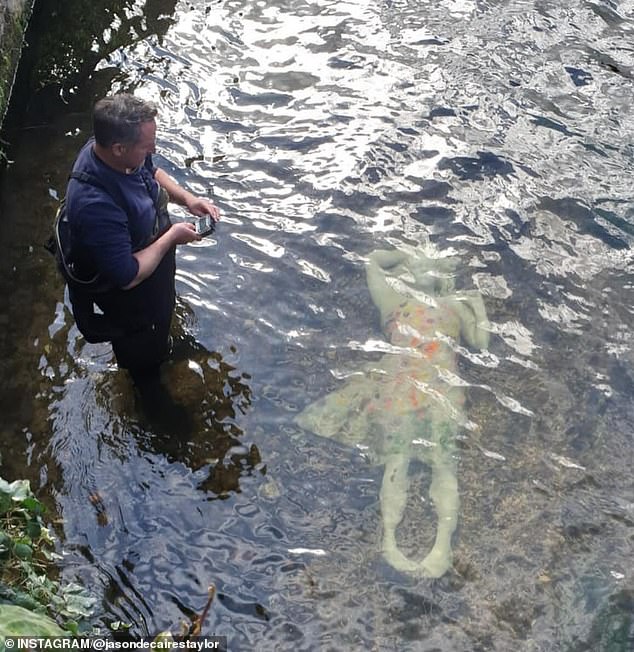
Jason deClaires Taylor stands next to the Alluvia statue on the River Stour in his hometown of Canterbury.
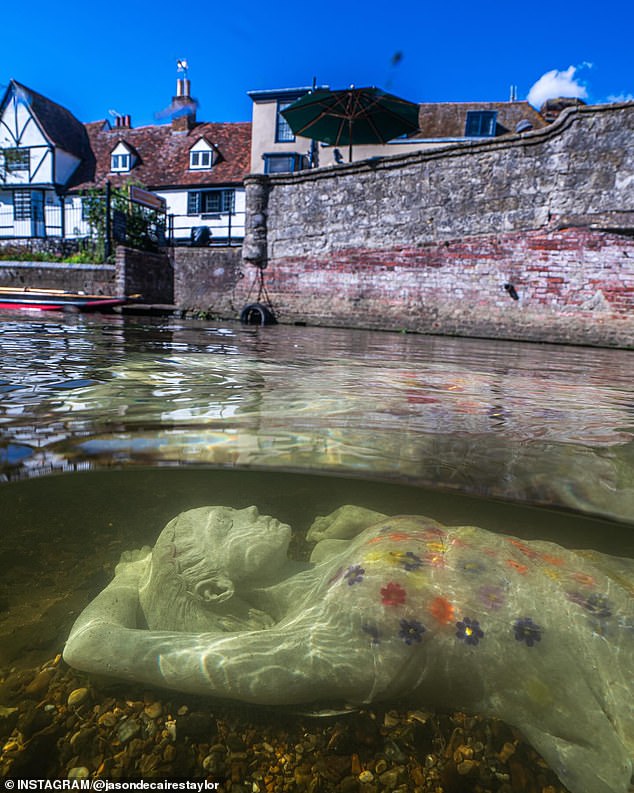
Alluvia is based on the Shakespearean character Ophelia from the tragedy Hamlet.
Made from recycled glass, LEDs and marine grade stainless steel, Alluvia’s realistic figure glows in the dark.
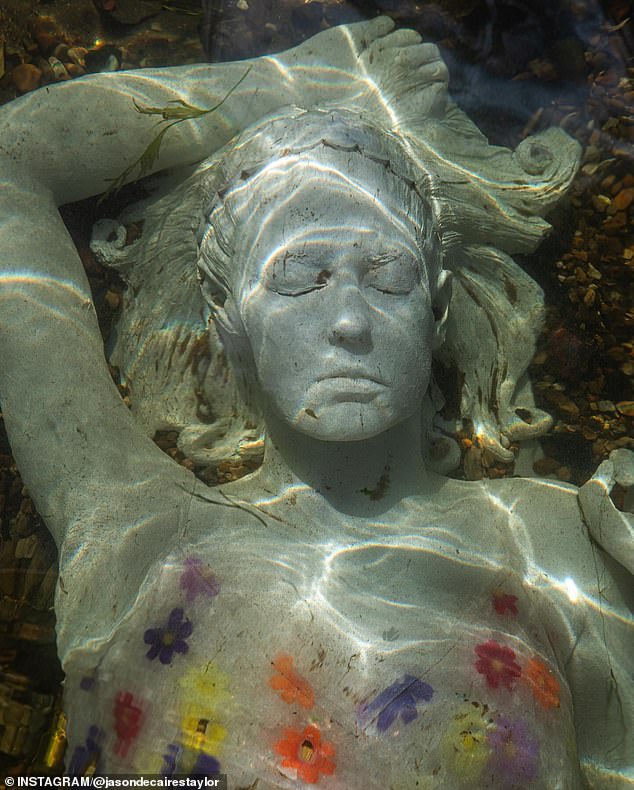
Online commentators called the statue “disgusting” in light of the ongoing migration crisis.
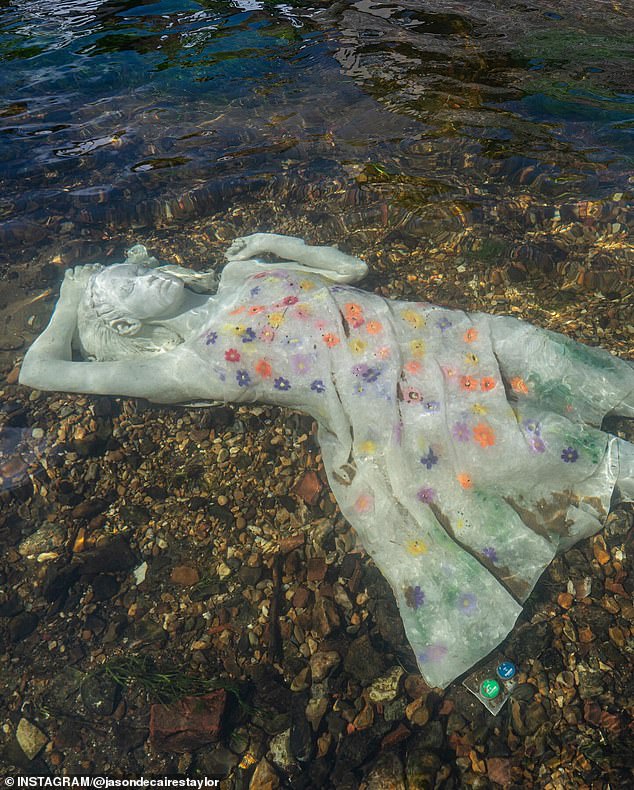
Others were concerned that passersby would call police to report a body in the river, especially when the water is murky.
The artist behind the divisive artwork said News from heaven that he was “surprised” by the reaction.
“Ninety-nine percent of the feedback I’ve received has been very positive,” he said. “But at the same time, I appreciate that everyone gets something different out of everything they see.”
People couldn’t help but draw comparisons between the artwork and the migrants drowning in the English Channel.
But the artist confirmed there was “no connection” between the statue and the current migration crisis taking place along the Kent coast, just 16 miles from where the statue stands on the River Stour.
According to government figures, at least 45 people have died trying to cross the Channel between January and September this year.
Taylor said: “It’s an extremely tragic situation and I don’t think ignoring it is the solution. If (this work) can foster some kind of concern and compassion for that situation, then I think that’s a good thing.”
Taylor is not one to shy away from incorporating a political message into his artwork.
In February this year, she unveiled an art installation on Whitstable beach, Kent, depicting a cold-water swimmer, a child, a kitesurfer, a lifeboat volunteer and a local fisherman advocating for the health of marine life.
The piece is called Sewage Sirens.
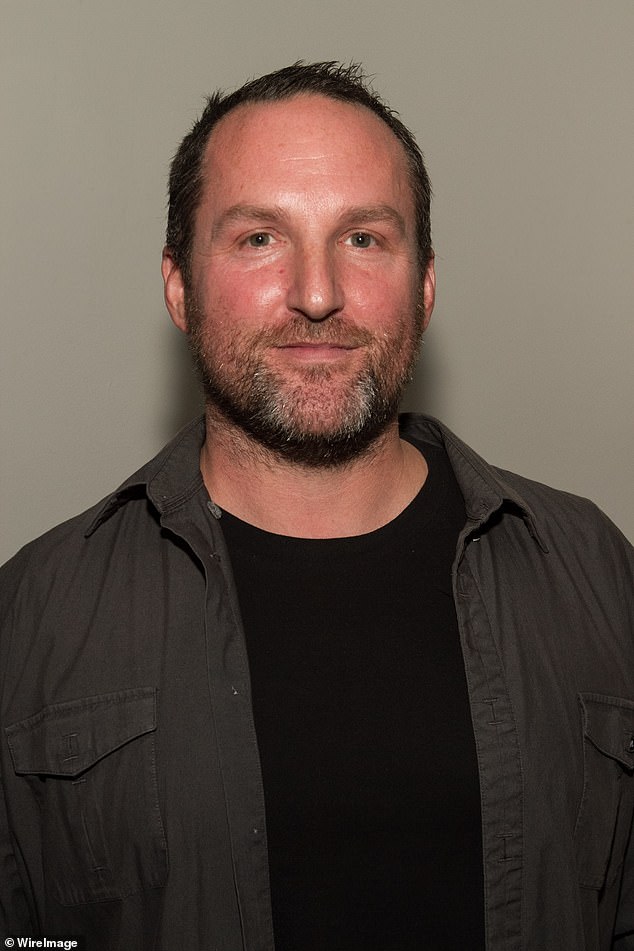
Artist Jason deCaires Taylor confirmed that there was no political link between Alluvia and the current migration crisis

According to government figures, at least 45 people have died trying to cross the Channel between January and September this year.
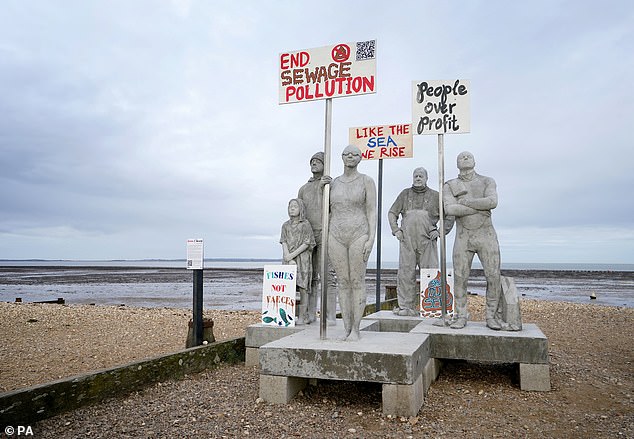
Sewage Mermaids, an art installation by Jason DeCaires Taylor on Whitstable Beach, Kent
Responding to critics of her most recent work, Alluvia, Taylor said: “Art should raise questions. It should make people think about things that provoke emotions, that’s really key.”
Those who were offended by the article and called for it to be removed on Facebook came from as far away as Orkney.
Taylor asked people to see Alluvia in person before forming an opinion.
The Canterbury Memorial Society commissioned the work and the charity’s chairman Stewart Ross told Sky News: “Some people find it offensive and shocking, we have no objection to that. All public art is open to debate.”
(tags to translate)dailymail

